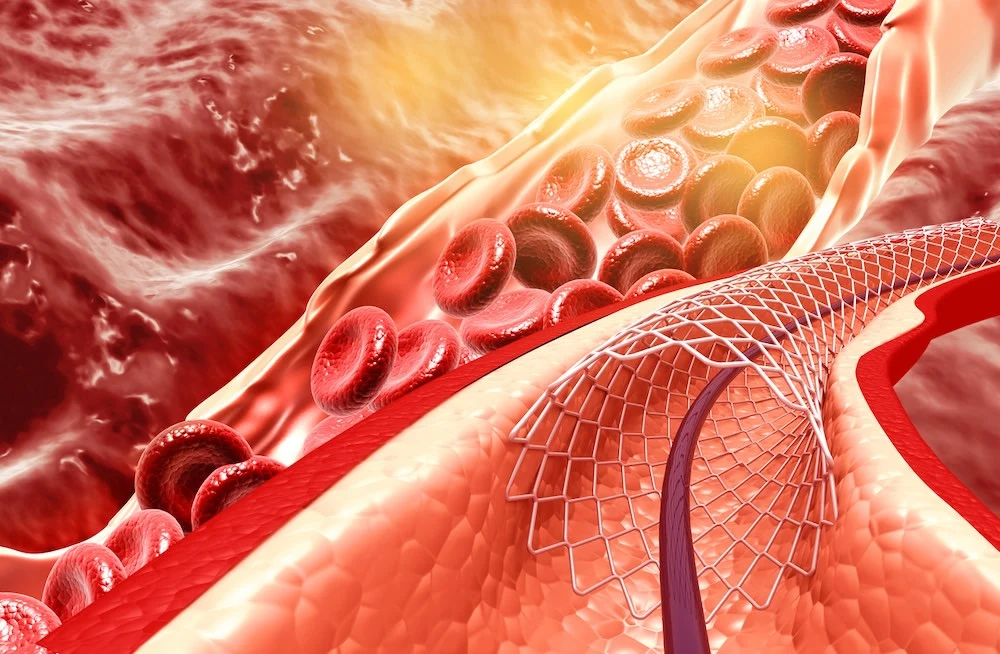Degenerative aortic stenosis (AS) and cardiac amyloidosis (CA), especially transthyretin-associated CA (ATTR-CA), often co-occur in elderly patients, with a dual pathology (AS-CA) found in approximately 10% of AS cases undergoing valve replacement. While earlier assumptions suggested valve replacement might be futile in AS-CA, studies have shown clear benefit, supporting continued use of aortic valve replacement (AVR). However, whether to treat the amyloidosis component remains uncertain. Although ATTR-targeted therapies like tafamidis have shown benefit in clinical trials, patients with significant AS were excluded from major trials, and prior screening studies included too few patients on these treatments to assess impact.
To address this gap, a large international registry was established to evaluate the effectiveness of ATTR-specific therapy in AS-CA patients, leveraging recent drug availability and regional differences in prescribing practices.
This study is a multicentre, international, transatlantic registry of patients with both significant AS and ATTR-CA. AS severity was assessed via transthoracic echocardiography, and ATTR-CA was diagnosed through bone scintigraphy or endomyocardial biopsy, excluding cases with monoclonal proteins. Clinical outcomes, including all-cause and cardiovascular mortality and hospitalisation for heart failure (HHF) were evaluated and compared to a matched control group of patients with lone AS undergoing aortic valve replacement (AVR), using EuroSCORE II for risk adjustment.
The registry included 226 patients (mean age 85, 80.4% male) with both AS and ATTR-CA across 16 centres in 10 countries. 86.7% had severe AS. Most underwent transcatheter (71.7%) or surgical (3.5%) valve replacement, while 23.5% received conservative management. ATTR-specific therapy, predominantly tafamidis, was given to 30.5% of patients, who tended to be younger and have moderate AS, thicker septal walls, and more impaired cardiac function.
Over a mean follow-up of 3.6 years, 49.6% died (79.5% from cardiovascular causes), and 25.7% were hospitalised for heart failure. ATTR-specific therapy was independently associated with significantly lower all-cause and cardiovascular mortality but not reduced heart failure hospitalisations. AVR improved survival overall and in the severe AS subgroup. Patients receiving both AVR and ATTR-specific therapy had the best outcomes, with survival similar to patients with lone AS who underwent AVR.
This study provides the strongest evidence to date that both AVR and ATTR-specific therapy significantly improve survival in patients with dual pathology of AS and AS-CA). The cohort of 226 patients, the largest of its kind, showed that patients receiving both therapies had the most favourable prognosis, with survival outcomes comparable to those with lone AS undergoing AVR.
Historically, AS-CA was thought to have poor treatment outcomes due to age, frailty, and overlapping heart failure symptoms. Earlier studies were underpowered and excluded AS patients from ATTR-specific drug trials, leaving treatment decisions uncertain. This registry, leveraging natural geographical and temporal variations in drug availability and prescribing, demonstrates for the first time a clear survival benefit from ATTR-specific treatment, particularly when combined with AVR.
While ATTR-specific therapy did not reduce heart failure hospitalisations, likely due to higher mortality in untreated patients, it was independently associated with reduced all-cause and cardiovascular mortality, even in patients with more advanced disease. These findings suggest that neither severe AS nor advanced symptoms should be a contraindication to ATTR treatment, especially if AVR is also performed.
The results advocate for routine screening for cardiac amyloidosis in AS patients to enable timely, effective dual treatment. Strategies such as the RAISE score or extracellular volume measurement during TAVR planning may help integrate this into clinical practice. Ultimately, the study supports a paradigm shift toward combined treatment for AS-CA to improve patient outcomes.
Source: European Heart Journal
Image Credit: iStock
References:
Nitsche C, Dobner S, Rosenblum HR et al. (2025) Cardiac transthyretin amyloidosis treatment improves outcomes after aortic valve replacement for severe stenosis. European Heart Journal.







